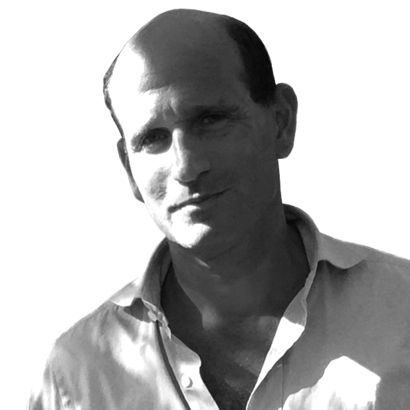My tanning feed was going off. A text update from a friend who keeps himself bronzed the color of a teak coffee table even in the dead of winter had become a call to arms.
“Just at Zitomer’s, and there’s no Bain de Soleil to be had!!!” read the text.
“Did you try Bigelow’s down in the Village? They’re usually pretty good on old-school suntan lotions.”
“Screw Bigelow’s. I’m on eBay, and tubes are trading for over $90.”
That exchange was in the run-up to Memorial Day. And when last I checked, a single tube of Bain de Soleil’s Orange Gelée formula was being offered for between $200 and $400. A crisis was afoot; a beloved totem of summer had vanished from shelves. Supplies were drying up, and for its devotees substitutions wouldn’t do.

You see, there are many forms of suntan lotion, but there is only one Bain de Soleil. (The name itself translates from the French as “sunbath.”) Here in the States, the lotion’s allure dates back to the cheesy-sexy TV commercials from the early 80s that featured a bossa nova jingle: “Bain de Soleil for that St. Tropez tan.” Beyond this, its claims to being a cult item are many: the unrepentant way that Bain de Soleil never pretended to be about sun protection. (There isn’t even an S.P.F. rating on the front of some tubes.) Or the retro color scheme. Or the smell that’s as synonymous with summer as cut grass and chlorine.
A single tube of Bain de Soleil’s Orange Gelée formula was being offered for between $200 and $400.
The experience of applying it is unique, too. Reminding you of a painter squeezing his oils onto a palette, Bain de Soleil comes in a metallic tube and looks like the child of milk chocolate and Vaseline. It also conjures up a lifestyle—the Riviera and a certain B.Y.O.V. (Bring Your Own Vilebrequin) libertinism.
To understand this current run on the Bain, however, one must go back to December 2019, when the pharmaceutical giant Bayer ceased production of a formula that dates back to France in the 1920s. At the time, Antoine of Paris (né Antoni Cierplikowski), one of the world’s first famous hairdressers, developed and marketed the forerunner of Bain de Soleil, Orange Gelée. Antoine was looking to cash in on the tanning trend that had begun after Coco Chanel returned from the South of France with an accidental sunburn.

Antoine’s creation entered the U.S. market in the 1940s and was then bought and sold by the likes of Procter & Gamble and Pfizer before settling in with Bayer. When Bayer ceased production of Bain de Soleil, the speculation was that the company was getting ready to sell it off, just as they had done with Coppertone in the spring of 2019. When Bain fans took to Twitter in the summer of 2020 as tubes first began disappearing from drugstore shelves, a Bayer spokesperson responded, “We appreciate the love you had for this product!,” but offered no clue as to its fate.
A petition on Change.org to convince Bayer to start manufacturing Bain de Soleil again has received more than 5,000 signatures. As the petition’s author, Mr. James Fallacaro of Staten Island, so eloquently put it, “We demand our San Tropez tan people, we can do this.”
Before prices went nuts, I bought two tubes on the gray market to ration out over the summer. And, yes, I know that tanning is bad for you. But just as there are people who still smoke and enjoy it, I am part of a radical cell of sun worshippers for whom happiness equals a day at the beach with a John le Carré novel in one hand and a tube of Bain de Soleil in the other. Sadly for me and Bain de Soleil’s many other fans, those days are numbered. In the suntan-lotion world, orange isn’t the new black. Orange Gelée appears to be the new Dogecoin.
John Brodie is a New York–based writer, editor, and content strategist


